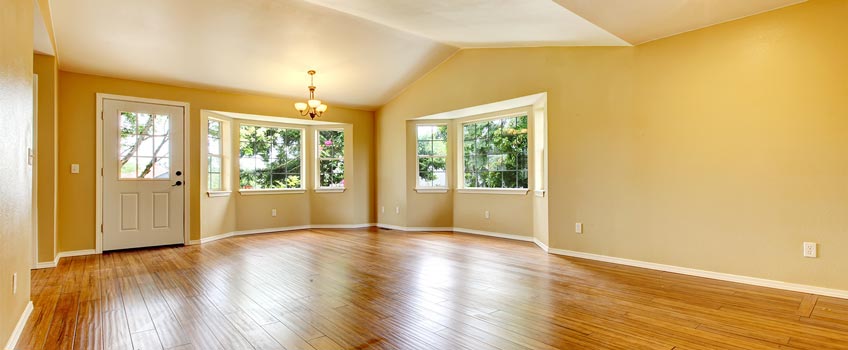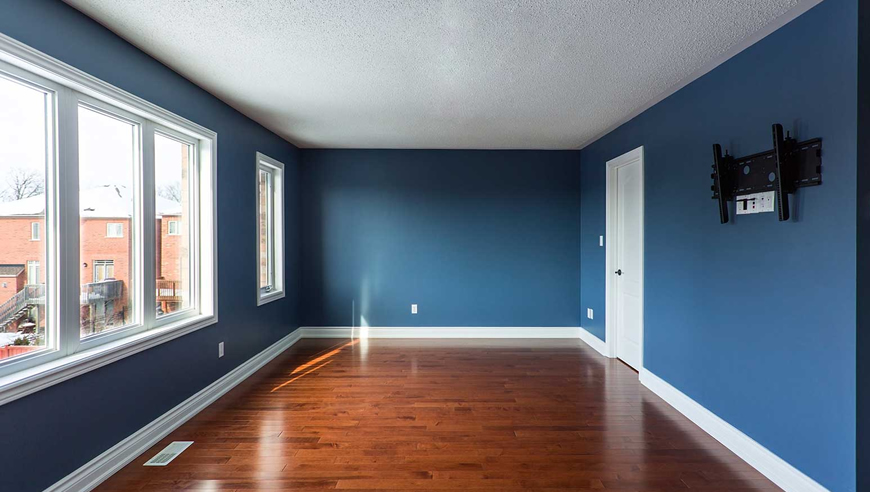High-Quality Lakewood Interior Painting to Enhance the Beauty of Your Space
High-Quality Lakewood Interior Painting to Enhance the Beauty of Your Space
Blog Article
Enhance Your Interior Design With Comprehensive Color Examination
The integration of color appointment into interior layout offers an unique opportunity to refine and raise the visual and psychological resonance of an area. By involving with a seasoned shade specialist, you can browse the intricacies of color selection, making certain that your options not only enhance architectural attributes however also reverberate with personal design and psychological influence. This critical partnership can considerably affect the total atmosphere of your atmosphere, fostering a sense of consistency and purpose. Understanding the nuances of this procedure is vital-- what essential facets should be considered to accomplish optimal outcomes?
Advantages of Shade Appointment

Furthermore, color appointment aids in making the most of natural light and maximizing spatial perception. Lighter shades can make a space show up even more large, while darker shades create an intimate setting. Cleveland Metro Painting Specialists. This critical application of color can significantly influence the total setting of any kind of indoor room
In addition, professional specialists have a thorough understanding of timeless classics and current trends, making sure that the selected shades will certainly stay enticing with time. This insight can conserve customers from expensive redesigns in the future. Color consultation empowers customers by supplying them with a clear vision and direction, promoting confidence in their design selections and eventually leading to a much more effective and gratifying interior design end result.
Recognizing Shade Psychology
The importance of shade psychology in interior decoration can not be overemphasized, as it delves right into the emotional and emotional impacts that various colors can evoke in people. Shades can influence state of mind, behavior, and even productivity, making them a crucial factor to consider in any layout project.
As an example, warm shades such as red, orange, and yellow are typically associated with energy and heat. They can boost feelings of enjoyment and convenience, making them suitable for social spaces like living rooms or cooking areas. Conversely, amazing shades like blue, green, and purple have a tendency to stimulate peace and serenity, making them excellent for bedrooms or reflection locations.
Furthermore, using neutral tones can develop a balanced atmosphere by enabling the bolder shades to stand apart without frustrating the senses. Comprehending these psychological impacts makes it possible for designers to create areas that not only look aesthetically pleasing however additionally promote psychological well-being.
Including color psychology into interior decoration includes a thoughtful selection of hues customized to the designated feature of each area, ultimately improving the overall experience for its occupants. This recognition is critical for attaining a unified and practical interior atmosphere.
The Color Wheel Described
Comprehending the connections in between tones is essential for efficient interior decoration, and the shade wheel functions as a valuable device in this process. The color wheel, created by Isaac Newton in the 17th century, shows the spectrum of shades set up in a circular layout. It consists of primaries-- red, blue, and yellow-- that can not be developed by blending other shades. Second colors, formed by combining primaries, consist of environment-friendly, orange, and purple. Tertiary shades arise from blending a main and a secondary color, leading to hues such as red-orange and blue.
The color wheel aids designers realize the partnerships between colors, including corresponding, analogous, and triadic systems. Complementary shades, located opposite each various other on the wheel, create lively contrasts that can energize a room. Analogous shades, located alongside each other, supply a harmonious and natural look. Triadic systems use 3 evenly spaced colors, using balance and aesthetic rate of interest.
Making use of the color wheel in indoor layout not just boosts visual allure but also evokes particular emotions and environments, making it an essential recommendation for color examination. Recognizing these partnerships inevitably encourages designers to create spaces that are both aesthetically captivating and functional.
Selecting the Right Palette
Usually, selecting the ideal scheme is a definitive consider achieving a successful interior style project. A well-chosen color pattern can merge an area, enhance its features, and stimulate wanted emotions. To begin, take into consideration the objective of the space. Different areas serve varied features and need combinations that reflect their desired usage; as an example, peaceful colors such as soft blues or greens work well in bedrooms, promoting relaxation.
Light can considerably modify exactly how shades appear, so it is crucial to assess the space at different times of the day. An unified combination must match these features, producing a cohesive look throughout the area.
When selecting colors, make use of the 60-30-10 regulation, which suggests that 60% of the room should be a leading color, 30% an additional shade, and 10% an accent color. This ratio makes sure equilibrium and aesthetic rate of interest (Cleveland Metro Painting Specialists). Example colors on the wall surfaces prior to dedicating, as this enables you to see just how the hues connect with one another and the total ambiance they develop in your interior style task.
Functioning With a Color Specialist

When collaborating with a shade expert, the procedure typically begins with an initial assessment. During this meeting, you'll discuss your vision, choices, and the existing components in your room. The professional will certainly analyze your demands and might advise details shade combinations that line up with your goals.
After establishing a direction, the specialist will provide samples and aesthetic help to help you envision the proposed shade systems. This step is important, as colors can appear differently under differing illumination conditions.
In addition, a shade specialist can guide you in picking corresponding furnishings, artwork, and devices to balance with your chosen scheme. By teaming up carefully, you can achieve a polished visual that boosts your insides and creates a welcoming atmosphere. Inevitably, the proficiency of a shade specialist can significantly improve the overall effect of your design job.
Conclusion
In recap, comprehensive shade consultation functions as an important device for enhancing indoor layout. By leveraging professional expertise of color psychology and spatial characteristics, a tailored color scheme can be developed to stimulate specific emotions and develop a harmonious atmosphere. This critical method not just fosters a natural layout narrative however also minimizes the danger of pricey redesigns. Ultimately, engaging with a shade professional guarantees an educated and cosmetically pleasing outcome, raising the general experience of the room.
By engaging with an experienced color expert, you can navigate the intricacies of color choice, making certain pop over to this site that your selections not just complement architectural features but additionally reverberate with individual design and mental effect. It makes up primary colors-- red, blue, and yellow-- that can not be created by mixing various other shades.The shade wheel aids developers comprehend the partnerships in between shades, including complementary, comparable, and triadic plans.When choosing colors, utilize the 60-30-10 guideline, which suggests that 60% of the space should be a dominant color, 30% a secondary color, and 10% an their website accent color. By leveraging expert knowledge of shade psychology and spatial characteristics, a tailored shade scheme can be established to evoke details emotions and create an unified environment.
Report this page